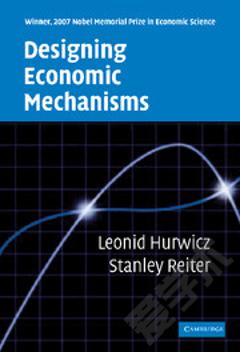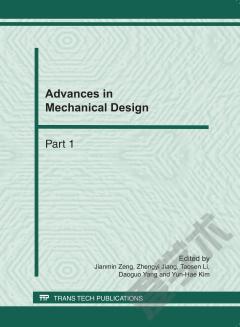Designing Economic Mechanisms
1. Mechanisms and mechanism design 1.1. Introduction to mechanisms and mechanism design 1.2. Environments and goal functions 1.3. Mechanisms: message exchange processes and game forms 1.4. Initial dispersion of information and privacy preservation 1.5. Mechanism design 1.6. Mechanism design Illustrated in a Walrasian example 1.7. The rectangles method applied to the Walrasian goal function-informal 1.8. Introductory discussion of informational efficiency concepts 1.9. Regulation of logging in a national forest - an example of mechanism design 2. From goals to means: constructing mechanisms 2.1. Mechanism construction: phase one 2.2. Phase two: constructing decentralized 2.3.1. Flagpoles-principles 2.4.1. Phase two: via condensation: principles 2.5. Overlaps 2.6.1 Main results 3. Designing informationally efficient mechanisms using the language of aets 3.1. Introduction 3.2. Mechanism design 3.3. Mechanisms and coverings 3.4. A systematic process (an algorithm) for constructing and rRM covering 3.5 Transversals 3.6. Coverings and partitions 3.7. Informational efficiency 3.8. Example 1.9 revisited - a graphical presentation 3.9. Informationally efficient mechanisms with strategic behavior 4. Revelation mechanisms (co-authored with Kenneth R. Mount) 4.1. Introduction 4.2. Initial set theoretic constructions 4.3. The topological case 4.4. Proofs and examples.
{{comment.content}}








 京公网安备 11010802027623号
京公网安备 11010802027623号